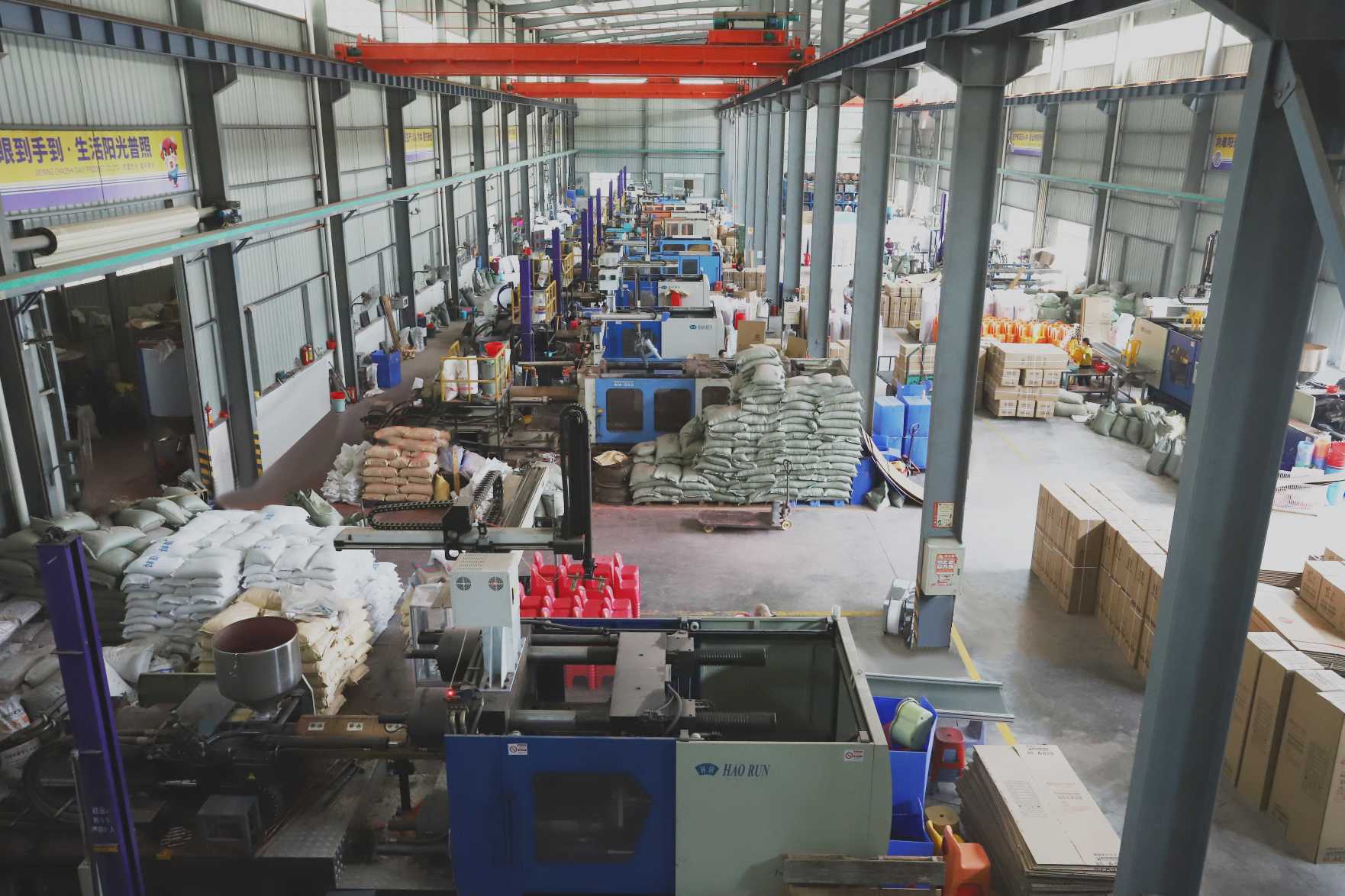
In daily life, plastic basins have become an indispensable part of our lives. Whether washing vegetables and fruits in the kitchen, washing clothes in the bathroom, or gardening outdoors, plastic basins can provide us with great convenience. They are not only light and durable, but also easy to clean and store, making them a must-have item for every family.
When you are purchasing plastic basins, quality and design are two important considerations. LEBO is a wholesaler dedicated to providing high-quality and diversely designed plastic basins in bulk. In this blog, we will discuss how are plastic basins produced in our factory.
What Is The Manufacturing Process of Plastic Basins?
The production process of wholesale plastic basins is a rigorous manufacturing process, from the selection of raw materials to the packaging of the finished product, every link is strictly controlled and carefully designed. As a professional plastic basins manufacturer, LEBO ensures that each plastic basin is of high quality and durability. The following is the detailed production process of wholesale plastic basins in LEBO factory:
Mold preparation
In order to produce the shape required by customers, a special mold needs to be designed according to the specific plastic basins shape. The mold usually consists of two parts or halves with similar characteristics, one of which has the ability to move, or remains stationary, while the other part of the mold can move. Once formed, the other half can move to allow the product to be demolded from the mold in a jointless form. The mold contains one or more openings or channels for introducing plastic into the mold, exhausting air, and allowing some plastic to flow out of the mold.
Material preparation
The manufacturing process starts with the careful selection of suitable plastic materials. Plastic basins are mainly made of high-density polypropylene (PP) or polyethylene (PE), which are durable, lightweight and easy to process, and usually exist in granular or powdered form.
Polypropylene (PP) has good impact resistance and abrasion resistance, low density, light weight, good resistance to a variety of chemicals, and has a high melting point, suitable for high temperature environments. Polyethylene (PE) has good flexibility and ductility, and has excellent tolerance to most chemicals and solvents.
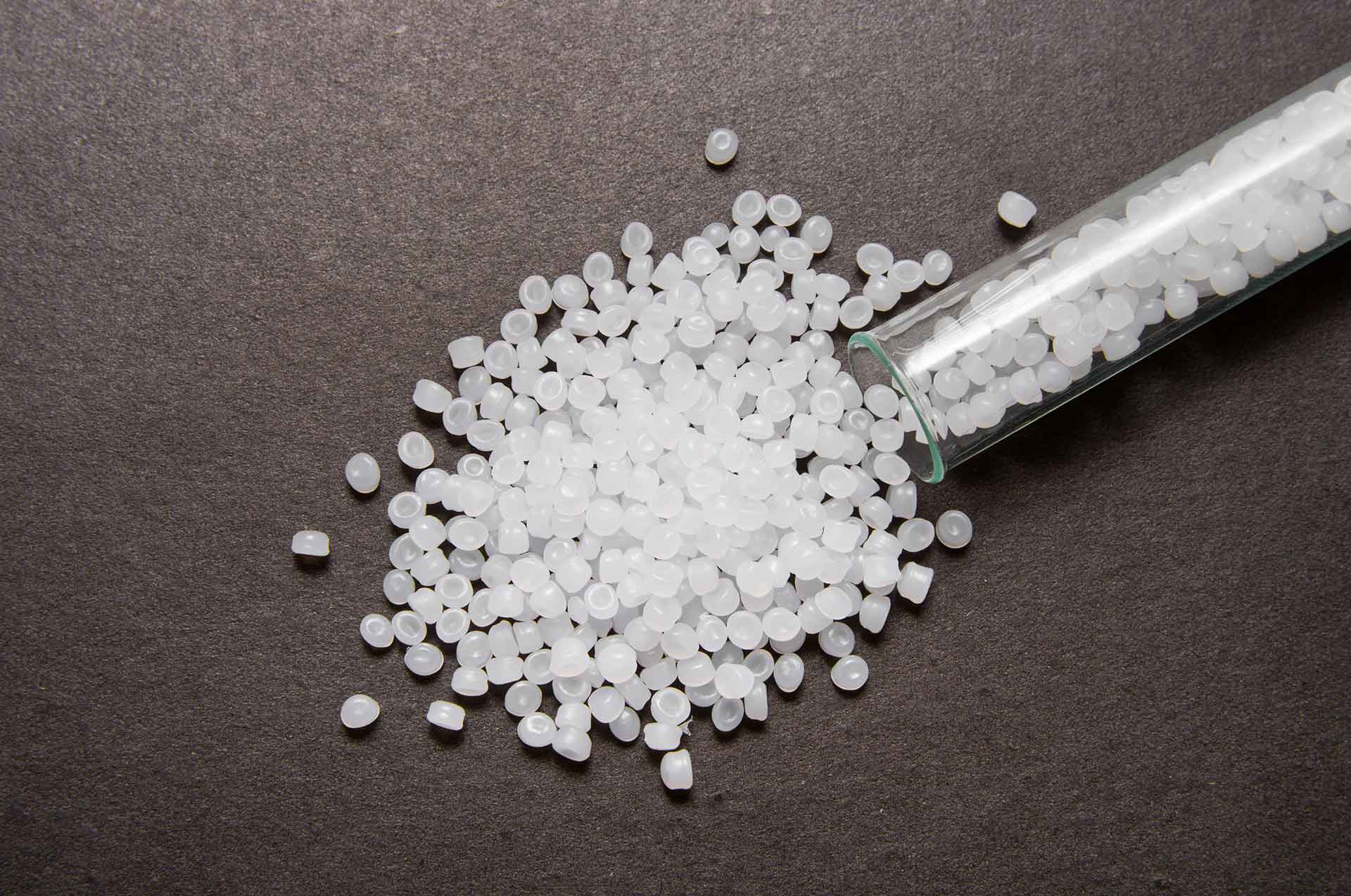
Plastic Mixing
In order to improve the performance of these two materials, antioxidants and UV protectants can be added. Colors can also be added according to the appearance requirements of the plastic basin to improve the performance and aesthetics of the plastic basins. In this step, the plastic particles are mixed with additives in a certain proportion to ensure that the finished product has uniform color and excellent performance.
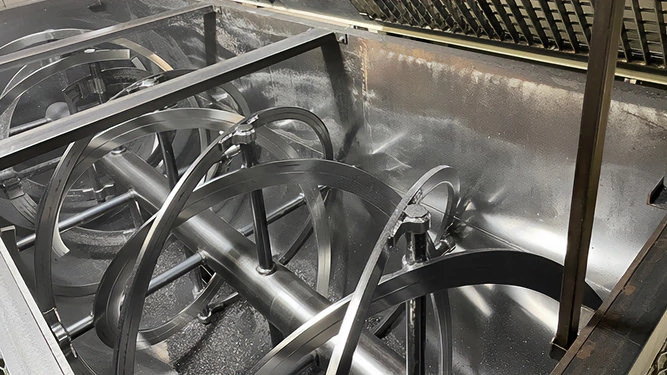
Plastic Injection Molding
Injection molding is the main manufacturing technology for producing plastic basins. The mixed plastic particles are fed into the injection molding machine and heated to their melting point to make it a highly liquid plastic. The liquid plastic is injected into the pre-designed mold cavity, and the shape of the mold determines the final shape of the plastic basin. The liquid plastic in the mold gradually cools and solidifies under the action of cooling water to form the initial shape of the plastic basin. Once the molten plastic cools and solidifies, the mold will open and the plastic part will be conveyed out by the machine.
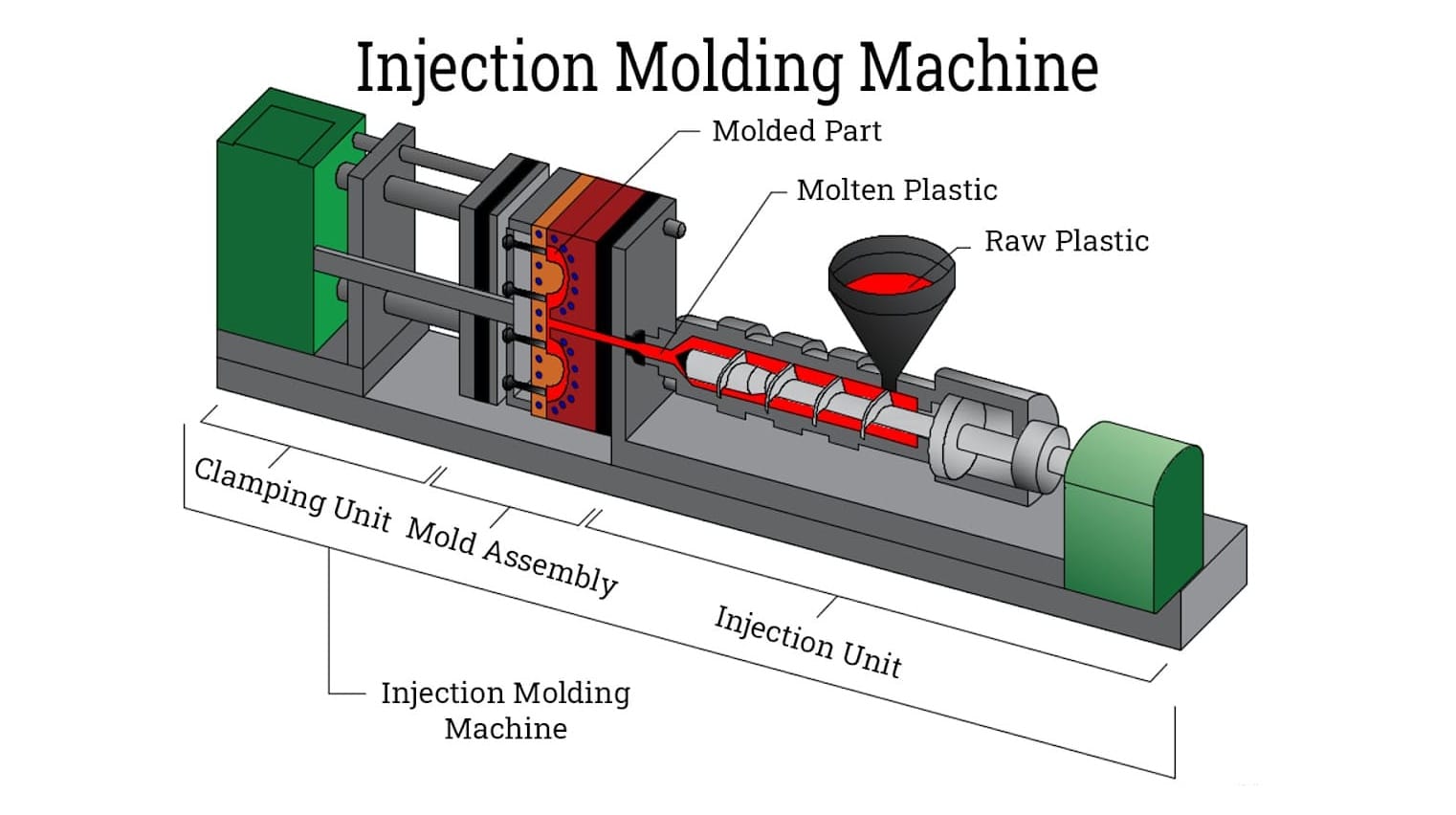
Trimming and assembly
After cooling and solidifying, the plastic basins are removed from the mold and simply inspected and trimmed to remove excess burrs. The edges of the plastic basins are trimmed to ensure that the edges are smooth and free of burrs. If the plastic basin consists of multiple parts, it needs to be assembled and fixed. If the plastic basin can be designed with a handle, the soft silicone on both sides of the handle needs to be assembled manually.
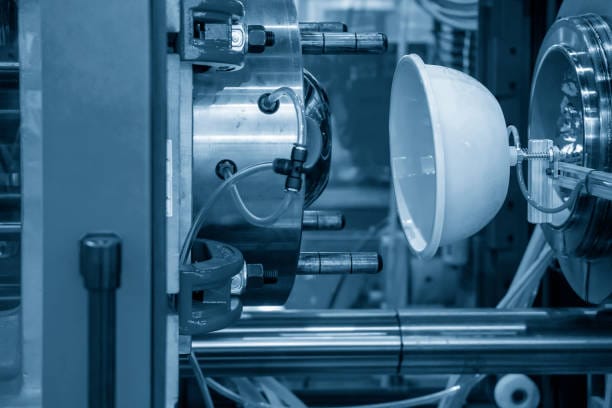
Quality inspection
After completing the assembly of the product, our quality team will conduct a strict quality inspection on the finished plastic basins to ensure that there are no defects, cracks or other quality problems.
What Is The Difference Between Plastic Basins Made From Different Raw Materials?
As we mentioned above, the two main materials used for plastic basins are polypropylene (PP) and polycarbonate (PC). We will choose the materials accordingly according to the different usage scenarios, performance requirements and appearance requirements of plastic basins. The following is a comparison of the two plastic materials and the finished plastic basins.
Materials Comparison: PP Vs. PC
聚丙烯(PP)
Polypropylene, commonly known as PP, is the most common raw material for producing plastic basins. PP is a tough, rigid crystalline thermoplastic. It is made from propylene (or propylene) monomer. This linear hydrocarbon resin is the lightest polymer of all commercial plastics. It is known for its excellent strength, stiffness and chemical resistance.

聚碳酸酯(PC)
While polypropylene is commonly used for opaque plastic basins, another material called polycarbonate (PC) can also be used for transparent or translucent basins. PC is a transparent thermoplastic polymer with excellent impact resistance and transparency. This material is often used in applications where visibility or transparency is required, such as the healthcare industry or certain specialized swimming pools.
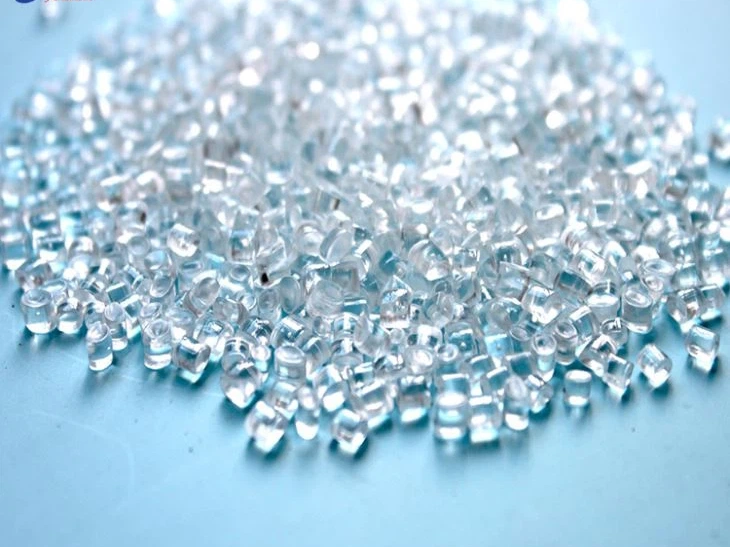
Advantages and Disadvantages
Advantages of PP plastic basins
Heat resistance: PP basins have good heat resistance and can maintain structural integrity and functionality even at high temperatures.
耐用性: PP is known for its excellent strength and rigidity, ensuring that plastic basins made from this material can withstand heavy loads without bending or cracking. They are extremely durable and impact-resistant, suitable for demanding applications.
Chemical resistance: PP basins are highly resistant to a variety of chemicals, including acids, alkalis, and detergents. This makes them suitable for use in environments where they are frequently exposed to such substances.
重量轻 Although PP plastic basins are strong, they are relatively light. This makes them easy to handle, transport, and install, adding convenience.
Disadvantages of PP plastic basins
Although PP is generally resistant to chemicals, it may not be suitable for use with highly corrosive or corrosive substances.
PP basins may have limited or opaque transparency, which may limit their use in certain applications where visibility is required.
PP may not be as impact-resistant and transparent as other materials, such as polycarbonate (PC).
Advantages of PC plastic basins
Heat resistance: PC also has good heat resistance, allowing it to withstand high temperatures without deforming or losing transparency.
Impact resistance: PC is known for its excellent impact resistance, and basins made using this material are very durable and not prone to cracking or shattering. They can withstand accidental impacts or rough handling without affecting their functionality.
Transparency: PC wash basins have excellent clarity and transparency, allowing users to see the items inside. This feature makes them ideal for applications that require visibility.
Disadvantages of PC plastic basins
PC pots may be more susceptible to scratches or surface wear.
PC pots may be more expensive than pots made from other materials, such as PP.
While PC has excellent impact resistance, its chemical resistance may not be as good as PP.
Common Applications
Common Applications of PP Plastic Basins
- Kitchen basins, for washing dishes and preparing food.
- Bathroom basins, for personal hygiene and cleaning tasks.
- Laundry basins, for washing and soaking clothes.
- Industrial basins, for chemical handling, storage and processing.
Common Applications of PC Plastic Basins
- Medical facilities, laboratories and healthcare institutions.
- For R&D, electronics manufacturing and other industries requiring visibility and impact resistance.
- Environments requiring transparency and aesthetics, such as high-end hotels or modern interiors.
摘要
By understanding the LEBO factory’s plastic basins production process, you can place a bulk order of plastic basins with confidence. We offer a rich selection of materials, diverse mold styles, and a wide range of colors to ensure that you can easily customize your ideal plastic basin. Whether it is plastic basin for home, commercial or industrial use, LEBO can meet your needs. Choose LEBO and enjoy high-quality products and professional services.
